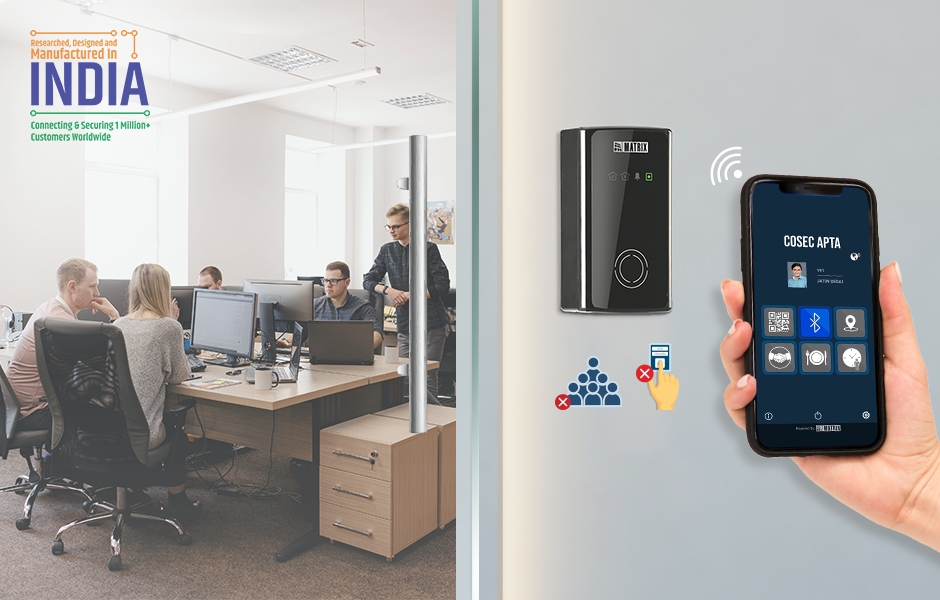
The reactions because of COVID-19 has been strongly met with drastic and necessary measures from leaders across the world. Businesses and industries alike have been issued orders to shut down the work from office, putting safety over status quo operations. On the other hand, industries of essential services such as healthcare, transportation, energy, or banking and finance, are required to keep running. Specifically, the need to protect the people responsible for critical infrastructure has never been more evident. So, the security industry has been placed in a unique position – the most being how to ensure the safety and security of people performing essential tasks while also upholding the duties outlaid in current contracts.
With this top of mind, so many factors need to be considered when developing a physical security plan, regardless of the facility or organization in question. Best practices will require to be examined to adapt to a facility or organization’s specific requirements, especially keeping the following things in mind.
- Preventing gathering of people
- Balancing the physical protection of financial and physical
- Upgrading security systems
- Maintaining safety and privacy of both employees and the general public
- Securing information and data
Healthcare facilities, police departments as well as insurance and other critical industries, are some of the first to have to redefine physical security with the ongoing pandemic in mind. Compartmentalization, or the physical separation or sectioning off of key areas, is a solution being incorporated to limit access points and provide spaces sealed off from the public.
With the use of compartmentalization, assets will be protected beyond the typical physical security process of badges or commercial access control systems. In these situations, physical security protocols may need to be extended through all the security parameters including who, where and when. This will help control access of organizational facilities based on user, time and zone. Facilities may need to have controlled entries/exits, occupancy control and real-time tracking systems maintained by integrated electronic security systems.
Looking to the future, other organizations that host large gatherings of people will have to rethink the consequences of public gatherings. By assessing the current situation, work in the future will rely on increased automation, autonomy, sensors, workforce time and attendance, people mobility management, and remote access controls to limit the number of people in close proximity.
Understanding the paradigm shift from information to people to emergencies takes planning and proven methodology to mitigate both immediate and potential future threats. The process of developing a physical security plan now includes virtual meetings to sketch updated evacuation plans, compartmentalization tactics and flow of traffic design with clients and stakeholders, while collaborating to plan for future security program challenges.
In terms of physical security, compartmentalization is a valuable solution when applied appropriately to the unique needs faced by each facility or industry. Moreover, video surveillance systems can work in this situation for any industry. It eliminates the need for security guards. with rapidly changing health safety concerns, physical security is vital moving forward into an uncertain future.
Want to share your views regarding future solutions for safety and security access control of organizations? Comment here in the comments section or email us.

